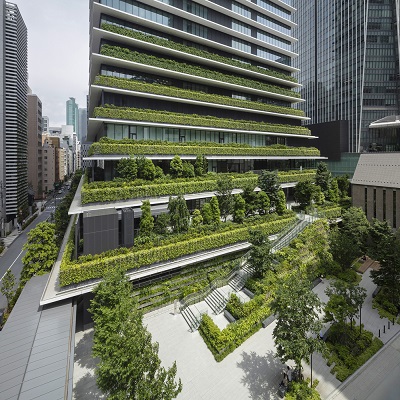Digital Twin Technology in Construction

Digital Twin Technology in Construction
Introduction
Digital twin technology refers to the creation of a virtual replica of a physical asset, system, or process. In construction, digital twins allow real-time monitoring, simulation, and optimization of buildings and infrastructure throughout their lifecycle. This technology enhances decision-making, reduces costs, and improves sustainability.
Key Components of Digital Twins
3D Building Information Modeling (BIM)
IoT sensors for real-time data collection
Cloud platforms for data integration and storage
AI and analytics for predictive modeling
Visualization tools for monitoring and remote collaboration
Applications in Construction
Design validation and clash detection
Construction sequencing and logistics planning
Performance monitoring of structural and MEP systems
Facility management and predictive maintenance
Sustainability assessment and energy optimization
Case Studies
City of Helsinki – Uses digital twins for urban planning and infrastructure monitoring
Crossrail Project (UK) – Implemented BIM-based digital twins for tunnel construction and asset management
Siemens Campus (Germany) – Integrates digital twin for building performance and smart operations
Benefits
Enhances transparency and collaboration across project stakeholders
Improves operational efficiency and maintenance planning
Reduces rework and lifecycle costs
Enables sustainable and resilient building design
Scientific Insight
According to research by Deloitte and IBM, digital twin implementation in construction can reduce operation costs by 15–30% and improve asset uptime by 20%. It also supports lifecycle carbon tracking and ESG compliance.
Challenges
High initial setup cost and data integration complexity
Cybersecurity and data privacy concerns
Need for skilled workforce and cross-disciplinary coordination
Conclusion
Digital twin technology is revolutionizing construction by bridging the physical and digital worlds. As adoption increases, it will become essential for smart, efficient, and sustainable building practices.
References
Deloitte Insights – Digital Twins in Construction
IBM – Benefits of Digital Twin Technology
Smart Cities Council – Digital Twin Standards and Use Cases






